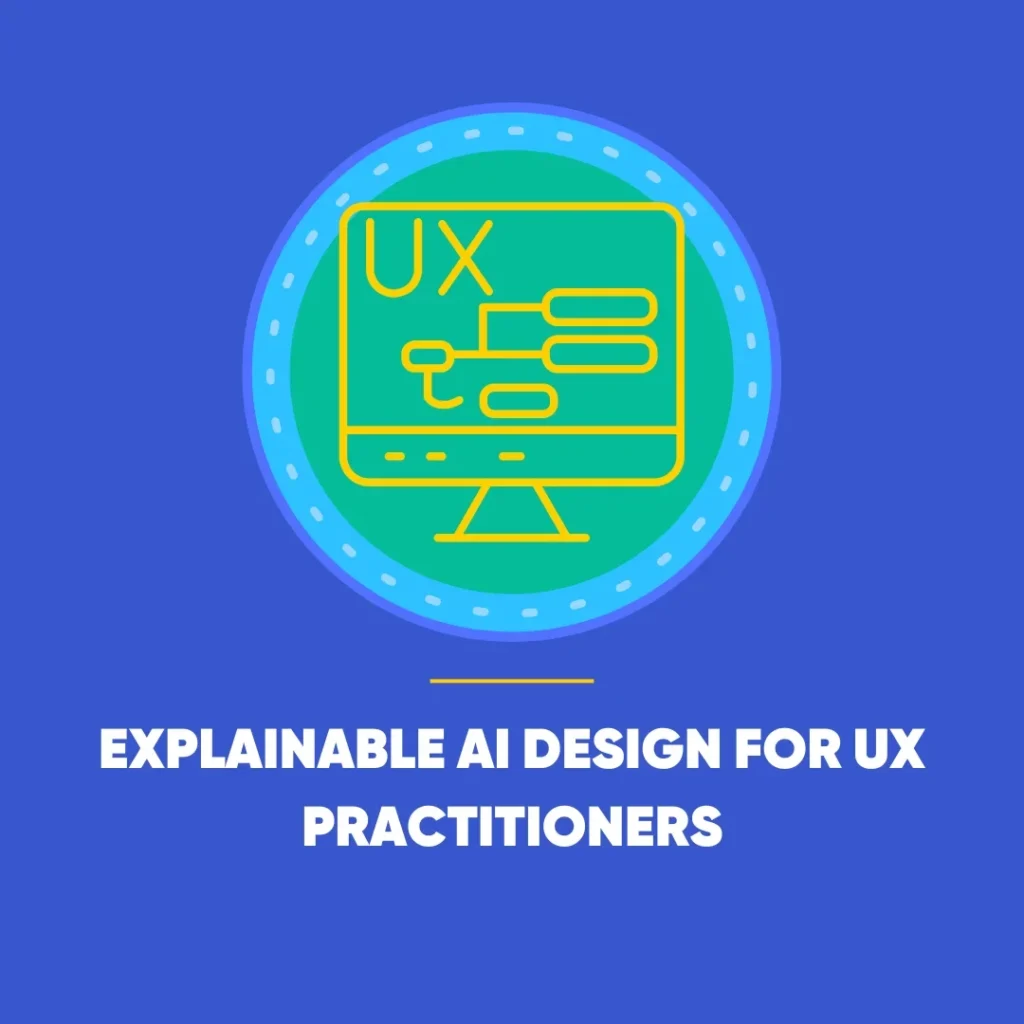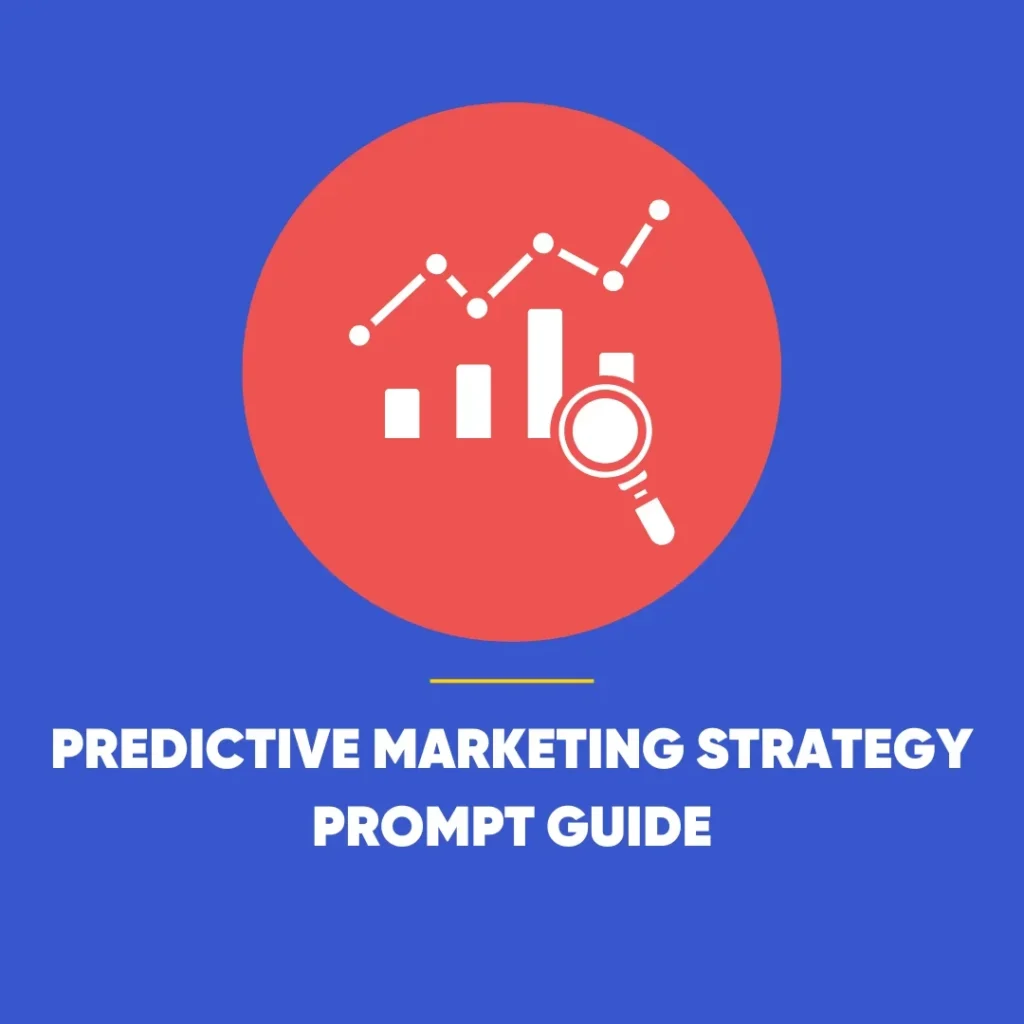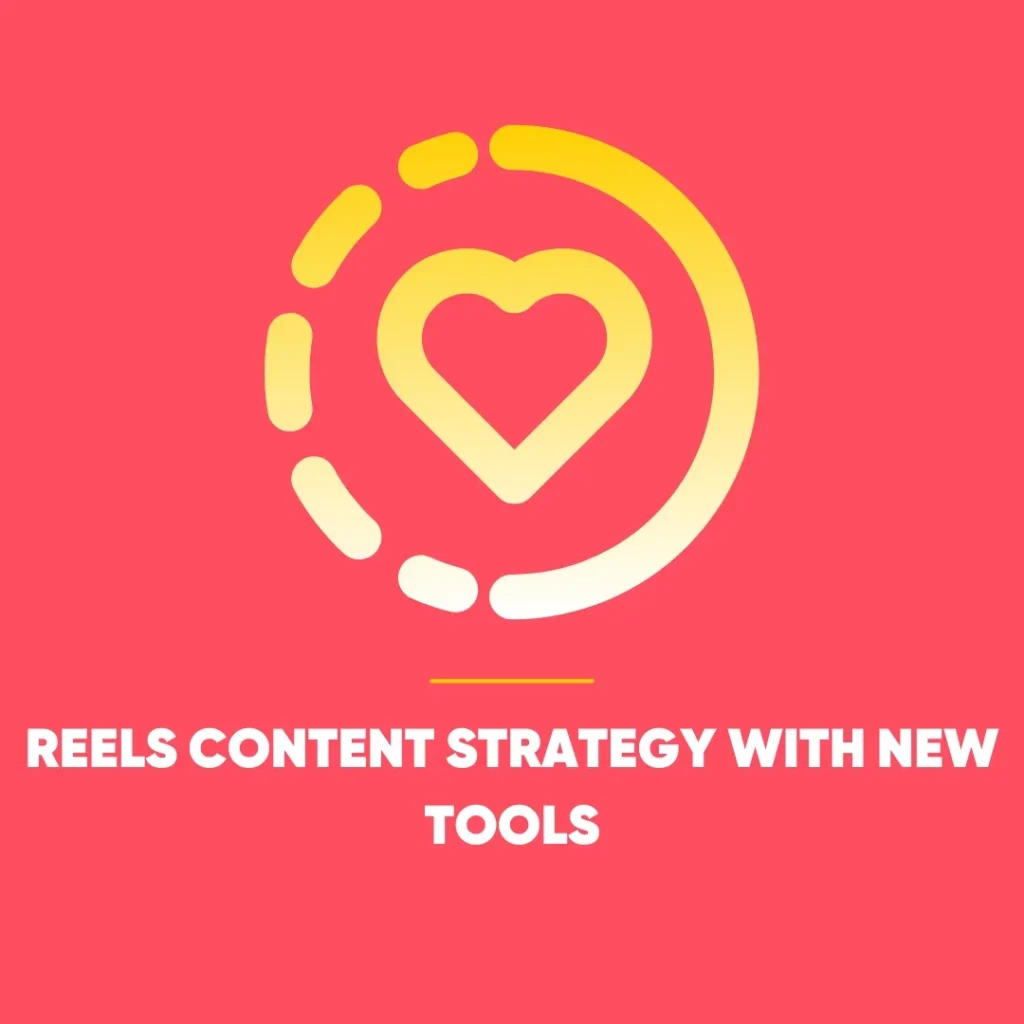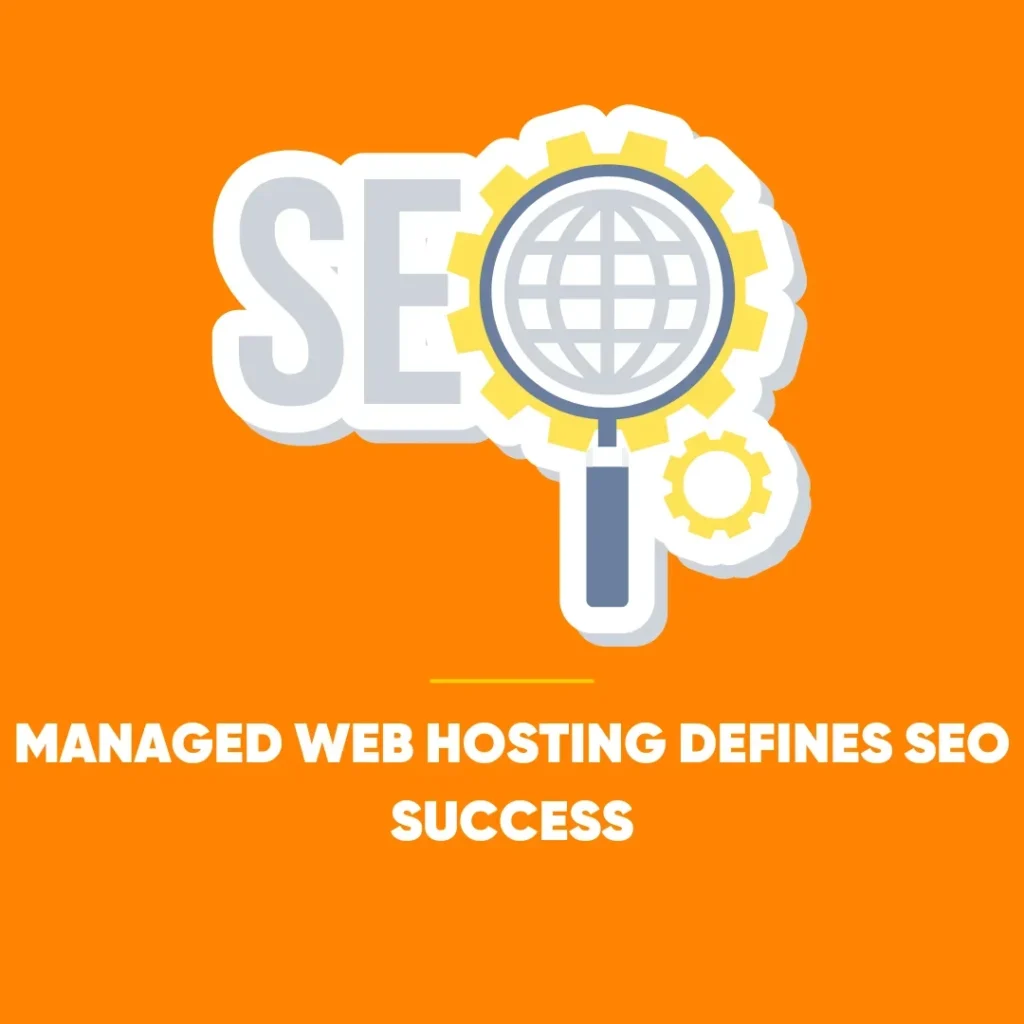Web Development Trends to Watch 2025
Web development trends in 2025 are transforming careers, with AI, decentralisation, and adaptive systems leading the next digital revolution. Instead, it is about adapting to a rapidly shifting landscape of automation, artificial intelligence, and new ways of experiencing the digital world. The industry is not dying – it is transforming. Those who evolve with it will thrive, while those who resist risk being left behind.
The New Era of Web Development Trends
However, the old model – where mastering a few programming languages guaranteed a career – is fading fast. Therefore, modern web developers must think strategically, orchestrate AI systems, and design experiences that move beyond the screen. Consequently, let’s explore the major trends shaping the craft this year.
1. AI-First Development
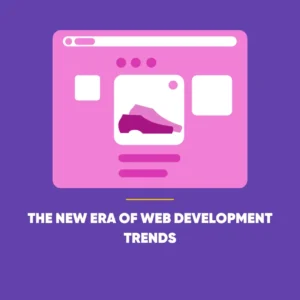 Gone are the days when speed-typing JavaScript made someone indispensable. In 2025, machines do the heavy lifting. AI tools now generate, review, and refine code more efficiently than most humans. The developers who succeed are those who understand how to direct AI workflows, frame problems effectively, and integrate automation into larger systems.
Gone are the days when speed-typing JavaScript made someone indispensable. In 2025, machines do the heavy lifting. AI tools now generate, review, and refine code more efficiently than most humans. The developers who succeed are those who understand how to direct AI workflows, frame problems effectively, and integrate automation into larger systems.
The new skillset isn’t about memorising syntax but about collaborating with machines. Prompt engineering, workflow design, and problem framing have become essential. Those still leaning on copy-pasted snippets from forums are already falling behind.
2. Escaping Framework Fatigue
Over the past decade, developers have been drowning in a sea of frameworks – React, Svelte, Astro, Qwik, and many more. By 2025, many are rebelling. The frustrations of heavy bundles, endless dependencies, and overcomplicated build processes are pushing developers back towards lighter, native solutions.
Server-driven UIs and HTML-first design are experiencing a resurgence. Performance has become non-negotiable, especially with Google’s increasingly strict Core Web Vitals. What users want is simple: fast-loading sites without unnecessary bloat.
3. No-Code Tools in Web Development Trends
For years, “no-code” platforms were dismissed as toys. That perception is gone. Modern no-code tools such as Framer and Webflow now generate professional-grade applications and integrate seamlessly with APIs. Developers are no longer using them as replacements but as accelerators – scaffolding for the basics, freeing time to focus on more complex challenges.
This shift does not eliminate developers. Instead, it allows them to move faster, combining no-code scaffolds with bespoke coding when necessary. What was once mocked is now a core productivity tool.
4. Serverless Evolves into the Edge
The first wave of serverless computing promised simplicity but delivered challenges – cold starts, hidden costs, and lock-in headaches. Enter Serverless 2.0: the Edge Era.
Applications now run closer to the user, on globally distributed edge nodes. This means lower latency, faster response times, and user experiences that feel instantaneous whether accessed in London, New York, or a remote village. For developers, building with edge-first architecture is no longer optional – it is essential.
5. Adaptive, AI-Native User Experiences
Static websites are history. The modern user interface adapts dynamically, powered by AI that responds to real-time behaviour. Websites and apps now personalise themselves instantly, shifting layouts, copy, and navigation depending on the user’s habits, time of day, or location.
This is more than personalisation – it is living design. Developers and designers must now build systems that evolve continuously rather than producing one-size-fits-all solutions.
6. Web Development Trends Replace Monolithic CMSs
Traditional platforms like WordPress and Drupal feel outdated compared to composable, API-first systems. Headless CMSs opened the door, and now the next generation goes further – blending content management with AI capabilities.
Moreover, modern CMS platforms generate, optimise, and even adapt content automatically. As a result, product descriptions can adjust to each visitor. Likewise, articles can rewrite themselves to suit different audiences. Therefore, for developers, content management is no longer passive storage – it’s active, intelligent infrastructure.
7. Beyond the Screen: The Spatial Web
Web development is moving into physical space. With the rise of augmented reality, wearable devices, and early brain–computer interfaces, the web is no longer confined to screens.
Spatial design allows users to interact with websites projected into living rooms or embedded within vehicles. Haptic feedback is increasingly common, allowing people not just to see or hear digital interactions, but to feel them. Developers are beginning to design for a multi-sensory, three-dimensional web.
8. Digital Ownership and Decentralisation
Concerns over privacy and corporate control are fuelling the return of decentralised systems. Technologies for self-hosted storage, identity management, and distributed content are maturing and becoming practical alternatives to centralised platforms.
For developers, this means rethinking how data is handled and giving users more ownership over their digital identities. What once looked like a passing crypto fad is now a serious infrastructure trend.
9. Autonomous Design Systems in Web Development Trends
Design systems are no longer static libraries of buttons and typography. They are evolving into AI-driven ecosystems.
In 2025, design systems can update themselves automatically based on user data. Layouts adapt to context, colour schemes evolve with engagement, and components learn from performance. Instead of manual rebrands, organisations are relying on design systems that grow and adapt like living organisms.
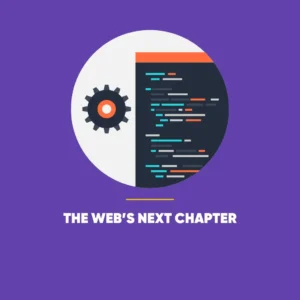 10. AI-Generated APIs
10. AI-Generated APIs
Therefore, maintaining back-end infrastructure is becoming less relevant. Instead, AI platforms now generate APIs on demand with documentation and scalability. Consequently, developers describe what they need, and the system creates it instantly.
This means faster development cycles, fewer errors, and the ability to prototype and launch applications at record speed. For many, the traditional REST API workflow is already outdated.
Conclusion: The Web’s Next Chapter
Web development in 2025 is not about building websites in the traditional sense. It is about orchestrating AI, embracing no-code acceleration, deploying globally at the edge, designing adaptive experiences, and preparing for a web that stretches into the physical world.
For developers, the challenge is clear: evolve or risk irrelevance. The skills that matter are not just technical but strategic – understanding how to collaborate with machines, build adaptive systems, and think globally.
The web is transforming, and it shows no sign of slowing. The only choice is whether to fight the tide – or to ride the wave.




